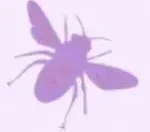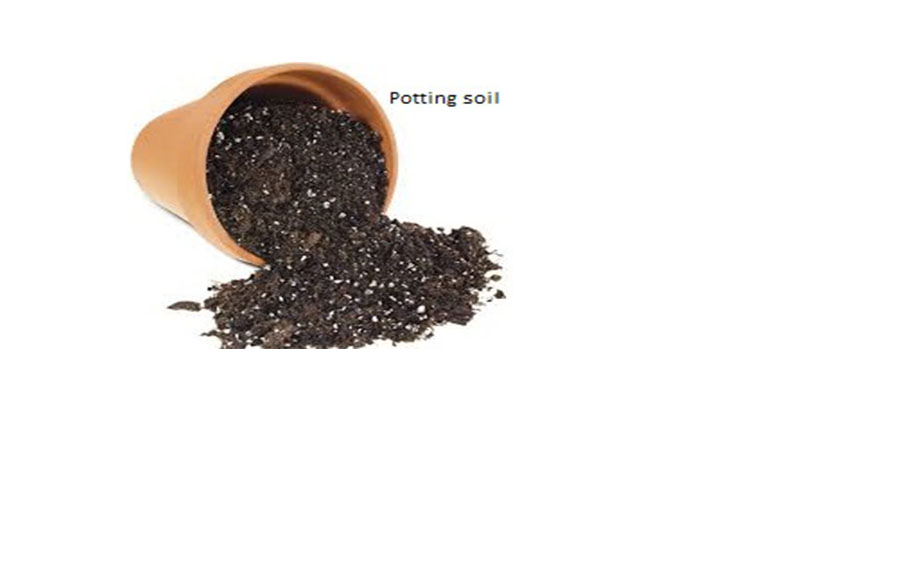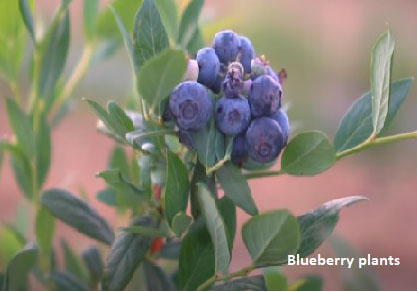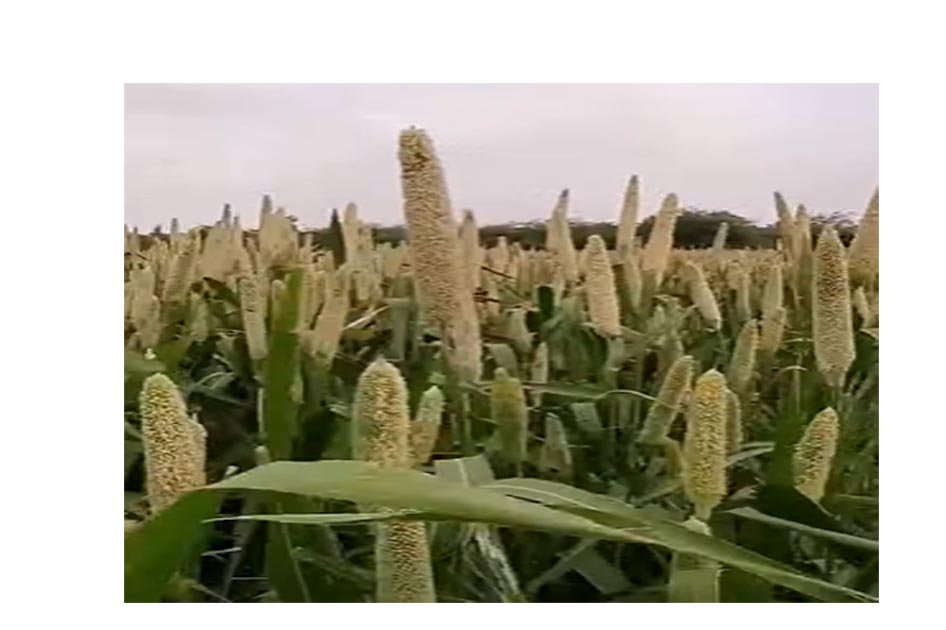A vital factor in aquatic ecosystems, Female crabs are distinct from their male counterparts and are fascinating creatures.
They play an important role in marine habitats and differ from male crabs in their behavior, physical features, and reproductive roles.
Understanding and recognizing the species of crab female and male can help us encourage their part in marine biodiversity. Found in coastal areas, rivers, and oceans, blue female crabs contribute to aquatic life.
Learning and understanding the species of female and male crabs and differentiating between them can help us contribute to and support marine life’s conservation efforts and encourage other biodiversity fields.
We will go in-depth into the specifications and impacts of the crab’s gender. We will explore their role in nature, the life cycle of crabs, and anatomy citing and analyzing the role of gender in the crabs.
Anatomy of a Female Crab: How They Differ from Males
Female crabs are different from male crabs in various ways anatomically. The abdominal apron of the crab is located on the underside of the shell. Aprons are of a dome or beehive shape while male crabs have pointed and narrow aprons.
“Painted nails” can highlight the difference between the male and female crabs. blue female crab has rep tips on her claws while male crab does not have this beautiful and colorful trait which can be an easy sign to differentiate.
Specialized structures of pleopods beneath the wide apron of the female crab are another difference between crab females and males which helps females to carry eggs for reproductive systems.
These features of anatomy help females to reproduce and ensure the survival of the crab species. The female plays a crucial role in advancing future generations and reproducing the crab species.
The differences between female crabs and male crabs are not just to differentiate them but they play a vital role in maintaining the ecosystem, reproduction, and the life cycle of the crabs.
Reproductive Behavior of Female Crabs
blue crab females play a significant role in the continuation of their future generation. They ensure the life cycle of their coming generations. The female crab’s reproductive behavior is very fascinating. Their regenerative behavior is one of the most intriguing aspects.
Mating for female crabs mostly occurs once in their lifespan. Mating occurs when the blue female crab molts and her shell is soft. This soft shell makes fertilization easier to take place for their reproduction.
Male crabs are dominant and protect the female crabs during the matting process and help them find a safe location, so they are not vulnerable. The females store the sperm in spermathecae, which can help and allow the females to store the eggs for later and do not need further matting.
The female blue crabs take the eggs beneath the apron in sponge-like clusters to remain attached and safe until they are hatched. The female crabs protect the sperm and eggs during this whole process.
The reproduction system and behavior of blue female crabs point out the importance of maintaining the population level intact and maintaining the marine life for biodiversity. The preservation of eggs is crucial to preserve the male and female future generations of the female and male crab.
The Role of Female Crabs in Marine Ecosystems
Females play a pivotal role in preserving the future generations of the crabs. They contribute to the balance and health of marine ecosystems. They ensure that the crabs survive and that both the male and female crabs thrive in the marine ecosystems.
Blue female crabs consume and eat organic and natural matter such as decaying plants and animals to prevent the buildup of harmful debris and recycle the ecosystem. They clean up their habits by doing so and help reduce various diseases in their habits.
female and male crab play an important role as a source of food for various aquatic predators such birds, mammals, and fish. They support the biodiversity of the marine food chain by being a source of food for the predators.
Blue female crabs or crab male-female play a significant role in maintaining healthy, and balanced marine ecosystems by being one of the main factors in maintaining biodiversity and balanced aquatic life. It is not just about their reproduction systems, but they are significant for other species as well.

Mating and Fertilization in Female Crabs
The mating process is intricate, unique crabs. It occurs in the female’s soft-shell phase. Male crabs protect females from any predators and threats during the process.
Female crabs mate only once in their lifetime and store sperm that are enough for multiple egg clusters for future fertilization. The male deposits the sperm into the spermathecae of the females.
Blue female crabs are clever enough to choose the best time to fertilize their eggs. This approach helps them maximize their survival rate and this highlights the importance of female crabs in the ecosystems.
We can ensure to sustain the required crab population by understanding and analyzing the mating dynamics and their role in their reproductivity for a balance and delicate ecosystems of the marine life.
You May Like
Massive 7.3 Earthquake Rattles Alaska, Tsunami Warnings in the State
A powerful 7.3 earthquake struck off the coast of Sand Point, Alaska, early Thursday morning,…
9 Must-Know facts about female crabs: from mating to migration
A vital factor in aquatic ecosystems, Female crabs are distinct from their male counterparts and…
Pet Travel Sturdy Tips: 9 DOs and DON’Ts for a Pawesome Trip!
You can enjoy your trip with your furry companions by following these experts’ tips and…
Egg Development and Care by Female Crabs
Females are exceptional caretakers to nurture their eggs and protect them. They protect their eggs by carrying them beneath the female crab’s apron in an egg sponge. The sponge can store from thousands to millions of eggs.
Blue female crab is the most dedicated one to protect the eggs and hatch them. They fan water over the eggs to oxygenate them and keep them free from debris. This practice helps them enhance their chances of successful hatching.
When the eggs mature and they are near to the hatch, their color change from orange to brown. When the time arrives, the female crabs release the larvae into the water, where they start their life as plankton.
Many of the larvae will not survive and thrive due to various issues and problems such as natural predation. The high number of the crabs’ eggs increases the chances of the crabs’ various species’ survival.
The protection of the crabs’ eggs and larvae is crucial in surviving the future generations and species of the crabs male and female. The role of female crabs showcases the importance of preserving the biodiversity intact.

Diet and Feeding Habits of Female Crabs
Females are opportunistic in their diet habits. Their feeding habits are diverse which contributes to their survival and their role in the ecosystems. They feed on various types of food such as organic matter, decaying plants and animals, mollusks, worms, and plankton.
The blue crab female’s feeding habits are very interesting as they pick food and crush hard shells to access the nutrients in the shells. They help clean up their habits by preventing buildups of debris, recycling organic matter, and reducing waste.
Male and female crabs depend on the same diet most of the time but the females adjust their diets sometimes to support their energy during their reproductive periods. They start consuming nutrient-rich food to enhance their energies for egg development.
Adjusting the feeding habits of blue crab female to support their reproductive systems highlights their importance in maintaining ecological adaptability and supporting balanced aquatic marine ecosystems.
Migratory Patterns in Female Crabs
Migration is an important part of female crabs’ lives to enhance their reproductive system and support the survival of their species. They migrate from deep water to shallow water and coastal areas to lay and release their eggs and ensure the survival of their larvae and offspring.
The blue crab females migrate to spawn in the estuaries to the areas where their larvae can survive and thrive. They go back after the eggs are hatched drifting the the current into the deeper waters.
The migratory behaviors of the blue crab female are mostly influenced by environmental conditions such as the availability of food, salinity, and temperature. They tend to find conditions, where their larvae can survive and the conditions are most favorable for egg development.
Male and female crabs migrate likely to sustain and continue their future generation thrive in the conditions. It is crucial to understand these patterns to conserve and sustain the crab populations.
Threats and Predators of Female Crabs
Female crabs face a lot of issues and threats in their life like other marine creatures. The most dangerous one is predation which they face in their natural habitats as they feed on the female blue crabs while they carry their eggs.
Predators such as birds, large fish, and other predators are attracted to blue crab females during their reproductive periods because their shells molt making them more vulnerable and rich in nutrients.
Females face some challenges alongside natural predation such as environmental challenges. They may face danger due to overfishing, pollution, and the destruction of their natural habitats.
Overfishing is a big and one of the major problems that the crabs face. Fishing targets both male and female crab’ populations. This reduces their capacity for reproduction. It is essential to protect the eggs-bearing females to ensure the future of crab populations and species.
The destruction of natural habitats of females such as the destruction of seagrass beds, and mangroves can pose a serious threat to the future generations of the crabs because they can feed which will drastically impact the future survival of the crabs.
It is crucial to mitigate these issues and threats to support a balanced and healthy crab population that maintains good and healthy marine ecosystems.
Economic and Culinary Importance of Female Crabs
Crabs have a significant role in economic development. In particular, the blue crab females have special value in the seafood industry. Their tender, sweet meat makes them the most sought-after species worldwide.
Females are also weighed high due to they carry the eggs and the abundance of roe they carry. They also add value and play an important role in the coastal economy of the world.
crab males and females contribute to the recreational fishing industries. They provide food to various communities that are dependent on crab harvesting. The demand for crabs led to sustainable fishing practices to protect female crabs that carry eggs.
Harvesting of blue crab female can have adverse effects on the crab populations, especially during their reproductive periods. It is essential to keep a balance between harvesting and conservation of the crabs to maintain both the ecological health of the ecosystems and the economic benefits.

Conservation Efforts for Protecting Female Crabs
Conservation efforts are the need of the hour to protect the blue crab female, especially during their reproductive periods. Human activities are posing critical threats to the natural habitats and survival of the crabs.
Some countries implemented rules and regulations that protect female crabs during their reproduction periods. They aim to preserve the populations and future generations of the crabs and maintain a balanced marine ecosystem.
In some countries, (MPAs) marine protection areas, are established to protect and safeguard various species. They protect the breeding grounds of blue crab females so they can reproduce and overcome the risk of overfishing.
The restrictions on the harvesting of egg-bearing females ensured that future generations and species of crabs were protected. While safeguarding the natural habitats of crabs are playing a pivotal role in preserving these species.
The marine protection areas provide refuge from predators and enhance the survival rate of the blue crab female and their eggs. Good fishing practices such as seasonal restrictions and size limits are helping reduce pressure on female populations.
Understanding and analyzing the migration habits of male and female crabs helps to make informed decisions. Research on crab migration helped scientists improve management practices to ensure both males and females continue to thrive.
The survival and protection of blue crab female are not just important for marine ecosystems but also crucial to supporting various fishing industries across the globe. They support other industries that are dependent on these marine creatures.
Fun Facts About Female Crabs
Female crabs are fascinating creatures that hold a significant role in ecological importance and have some unique features and characteristics.
1: Colorful Claws:
The blue female crabs have brightly red colored claw tips which can help to distinguish them from the male crabs. These claws are not just for beauty but they are used for defense and foraging.
2: Mating Once in a Lifetime:
Female crabs mate only once in their lifetime including the blue female crabs. They store the sperm in the eggs’ sponge. They can reuse this sperm to fertilize in the future without needing to mate again.
3: Egg-Carrying Superstars:
A female crab carries thousands to millions of eggs that can hatch in the future and are important to thrive in the future. This makes it important to hatch the eggs without mating again and populate the oceans.
4: Incredible Survivors:
Female crabs can survive and thrive in harsh and hostile conditions. They can live through high salinity to extreme temperatures. They adapt from a range of shallow waters to deep oceans.
5: Migrations for Reproduction:
Some of the crab females migrate great distances to ensure that their larvae populate into the oceans and that their offspring have the optimal conditions to thrive in. They migrate to search for optimal breeding grounds.
These fun facts about female crabs point out the resilience of female crabs and their struggle to ensure balanced and healthy biodiversity in marine ecosystems. This highlights their importance in maintaining the survival of their species.
Final Words:
Crabs are important in keeping the marine ecosystems intact and healthy. They play a pivotal role in preserving marine life. They are a source of food for various creatures such as birds, fish, and large predators.
They play an important role in the ecological world and economic development of various regions. They play an important role in the development of coastal economies of the world by being a source of food for the communities.
Blue female crabs have red claw tips that can distinguish them from the male crabs. The female crabs migrate large and great distances to find good breeding grounds and ensure that their larvae populate the oceans and their offspring thrive.
Female crabs mate once in their lifetime. They carry thousands of millions of eggs in the egg sponge in their apron. They do not need to mate again and they choose to reales eggs whenever the conditions are suitable.
Female crabs are very important in the ecological systems of today’s world. Many countries established (MPAs) marine protection areas to protect them. We have to protect female crabs to ensure the sustainability of the ecosystems.















1 thought on “9 Must-Know facts about female crabs: from mating to migration”